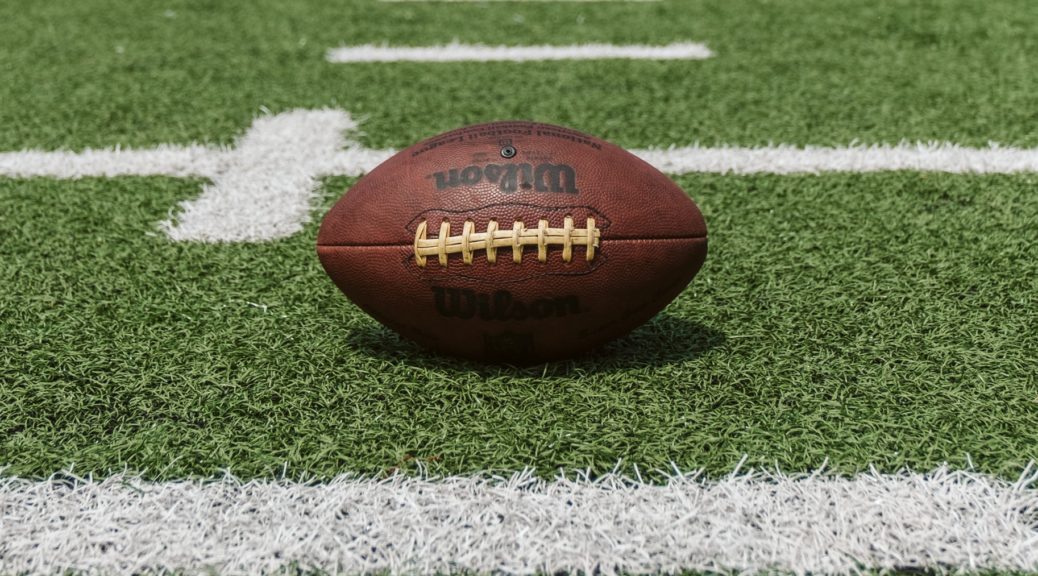American Football baffles me. I simply do not understand our fascination with the sport. It’s hard to participate in conversations about team statistics or big games when you don’t understand the sport. If you’re like me, and football makes your head spin, you’re in luck: here is a crash course in all things football- the rules, the history, and other important information.
Football comes from an early form of rugby and grew in popularity through the 19th and 20th centuries. Today, the NFL (National football league) has 32 teams across the U.S. and in 2017, made $8.16 billion. Needless to say, the NFL is very popular and has an almost cultish following, where committed fans attend or watch every single game. Even college football teams, such as our own here at USC, have huge followings and make huge sums of money from ticket sales, athletic apparel, and TV contracts.
In terms of professional football teams, the 32 teams in the NFL are split into 2 conferences of 16 teams each. Each conference is split into 4 divisions of 4 teams each. While the football season begins in September, all teams are required to schedule preseason games, which do not count toward team standing. During the season, all teams play 16 games, which are usually on Sundays but can be on other days as well. The season usually ends in December.
After this, teams enter the postseason, where they play a tournament called the NFL playoffs. This tournament decides which teams play the Superbowl- the game that determines the champion of the league. The Superbowl is a huge production. This year, 98.2 million people watched it on TV. The cost of airing a commercial during the Superbowl is upwards of $1 million. After Thanksgiving, “Superbowl Sunday” is the day on which Americans consume the most food, and it is frequently the most watched television broadcast of the year.
However, none of this information is useful unless you know the rules of the game. A game of football is split into quarters, each are 15 minutes long. This time only includes active play- the clock stops when the ball isn’t in play, which can make games last a lot longer. At any time, each team has 11 players on the field. Players may be substituted, but only 11 can play at a time. These players can be split into three groups: offensive teams, defensive teams, and special units. The goal of the offensive team is to move the ball to the opposite team’s end-zone, where they can score a touchdown. The defensive team aims to block the offensive players from scoring. The special unit players are in charge of all kicking plays, including field goals, punts, and kickoffs.
Football is played on a field 120 yards long, with the end-zone taking up 10 of those yards on either side. The field of play is marked by white lines every 10 yards. In order to advance, the offensive team has to move the ball 10 yards in 4 plays. These plays are called downs. Basically, if the ball is intercepted, dropped, or if the player running with it is tackled 4 times before the ball moves 10 yards, the ball is turned over to the team on defense. If the offense can move the ball to the opposite end-zone, there are two ways to score. First, they can score a touchdown, where the ball enters the end-zone either carried by a player or caught by a player already standing there. A touchdown is worth 6 points. After a touchdown, a team may try to score more points by a conversion- where they can either kick the ball into the field goal (1 point) or score another touchdown, this time worth 2 points. Other ways to score are field goals (1 point), where the ball is kicked into the goalpost, and safeties (2), which are awarded when a player is tackled in his own end-zone, or when an offensive player commits a foul in his team’s end-zone.
That covers the main parts of this sport- although this is a very brief summary of football, the main points are covered, so next time there’s a big game, you’ll know what’s going on. Football, while often confusing to me as someone who did not watch it as a child, has grown on me as I experience the excitement and energy of games and the sheer magnitude of its following.
Featured image by Dave Adamson on Unsplash
Anya is a sophomore from San Ramon, California, majoring in Health Promotion and Disease Prevention and minoring in Spanish. She was born in the Bay Area but lived in Bangalore, India for three years before moving back to California. Anya loves talking to people and learning about different languages and cultures. She has taught English in Nicaragua, and she tutored ESL (English as a second language) classes when she was in high school. Anya loves to swim, read, watch movies, and eat. Anya also loves music and dancing, and she is especially interested in cultural dance. Even though she hopes to be a doctor, Anya’s dream jobs would be editing pieces of writing and talking to people.

